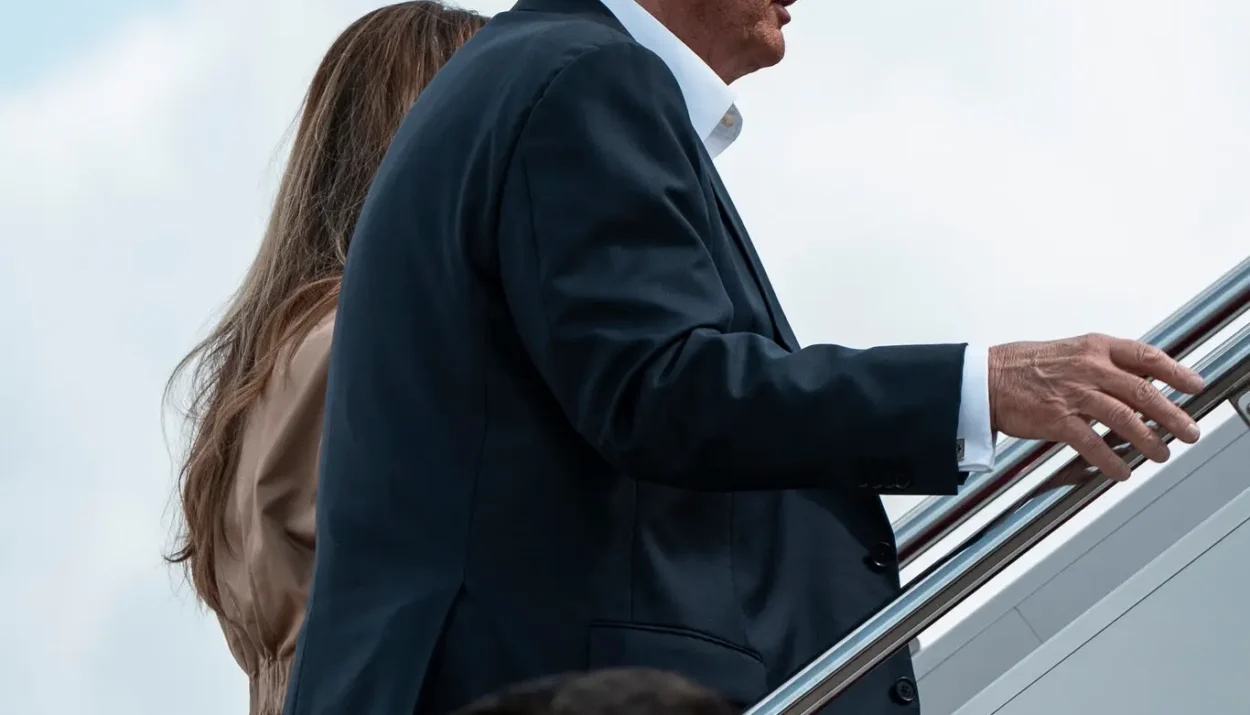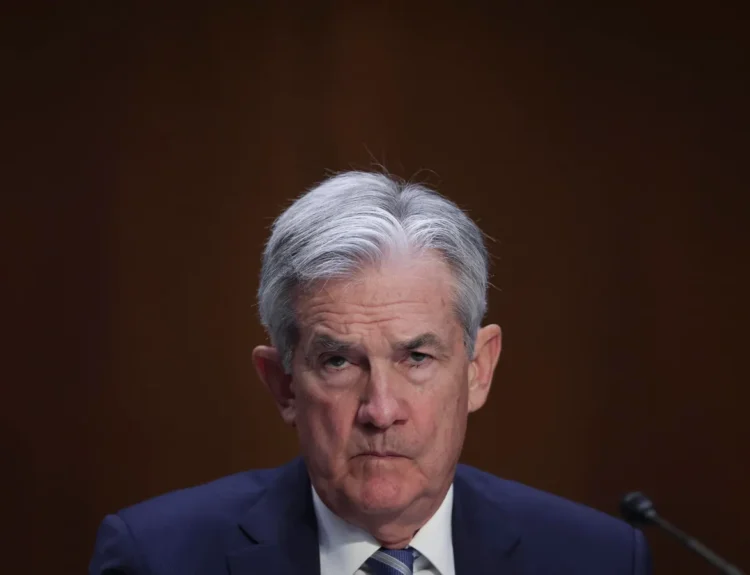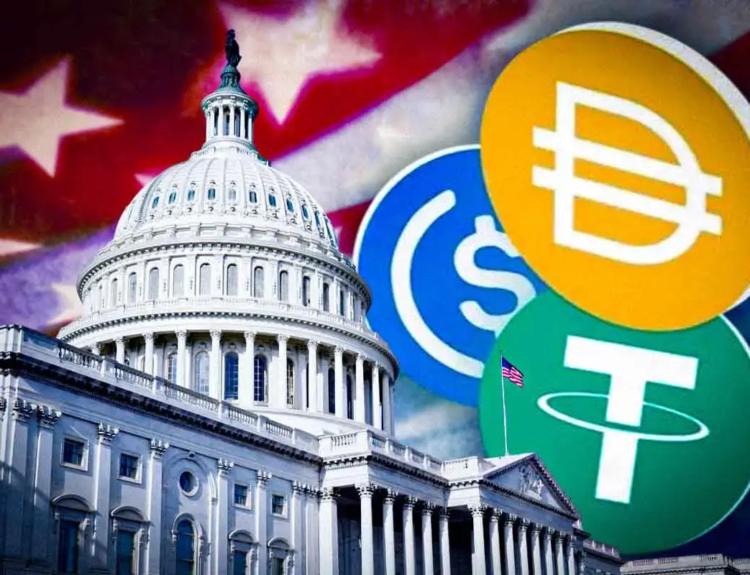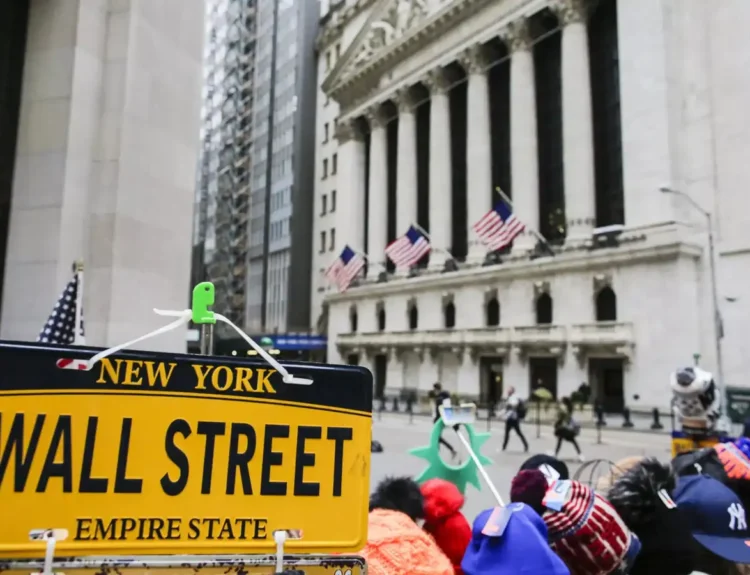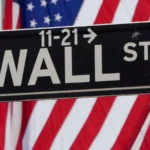With just three weeks left before a sweeping round of new import duties takes effect, President Donald Trump is betting on tariffs, not treaties, to reshape U.S. trade.
On Saturday the president announced plans for a 30 percent tariff on all goods from the European Union and Mexico starting Aug. 1—the latest in a cascade of threats aimed at more than a dozen allies and partners. Similar warnings this past week targeted Canada, Japan, South Korea, Brazil and a long list of smaller economies.
Tariffs rising faster than agreements
- Average effective U.S. tariff: 18.7 percent—its highest level since the 1933 Smoot-Hawley era, according to Yale’s Budget Lab.
- Preliminary deals so far: only two, with Britain and Vietnam (the latter now in doubt). Handshake agreements with India or Taiwan remain possible but would be narrow in scope.
- Tariff letters outstanding: dozens, covering countries that already have trade pacts with Washington, including Canada and Mexico under USMCA.
Administration officials insist the levies are leverage for better market access, yet the White House has scheduled few negotiating sessions and acknowledges it lacks bandwidth to meet every country before the deadline.
“We’ve got 200 countries—we can’t meet with 200 countries,” Mr. Trump told reporters at a cabinet meeting, while boasting that tariffs are “bringing in huge sums of money.”
Republicans uneasy, business groups alarmed
Long-time free-trade Republicans such as Senators Chuck Grassley (Iowa) and Steve Daines (Mont.) have urged the president to ensure tariffs remain a means to a deal, not an end in themselves. Farm-state lawmakers worry that Europe, Mexico and Canada—top buyers of U.S. crops—could retaliate.
Jake Colvin of the National Foreign Trade Council called the shift “shocking,” noting that many companies now view a universal 10 percent tariff as “the best they can get.”
Investors still hoping for a climb-down
Equity markets have so far treated the measures as bluff. But the Aug. 1 date is firm, Mr. Trump says, and the Commerce Department is already mailing formal rate schedules to trading partners.
Economists warn the sudden jump in duties could reignite price pressures and complicate any Federal Reserve rate-cut plans later this year. For now the bigger question is diplomatic: Can even a handful of limited deals be hammered out in time, or will America’s average tariff really settle near 20 percent for the first time in nine decades?
With each passing day, the president’s answer appears clearer: tariffs first, deals—maybe—later.
Original news featured here.
Disclosure: This article does not represent investment advice. The content and materials featured on this page are for educational purposes only.
Related:
Hegseth Orders Every US Squad Armed by 2026: Defense Stocks Up
Tesla Paid for Elon’s Politics — Will the “America Party” Help or Hurt?
Shaken, Not Stirred: Markets brush off Trump’s latest tariff barrage
Wall Street Remains Resilient Amid New Tariff Threats
Trump Slaps 50% Tariff on Copper, Threatens 200% Duties on Pharmaceuticals
Dow, S&P 500, Nasdaq Drop as Trump Slaps 25–40% Tariffs on Trade Partners
Global Stocks Are Crushing US – But Which Ones?
Markets This Week: Tariff Chaos, Fed Clarity, Prime Day, and Earnings Heat Up
Elon Musk Launches ‘America Party’ After Breaking With Trump


